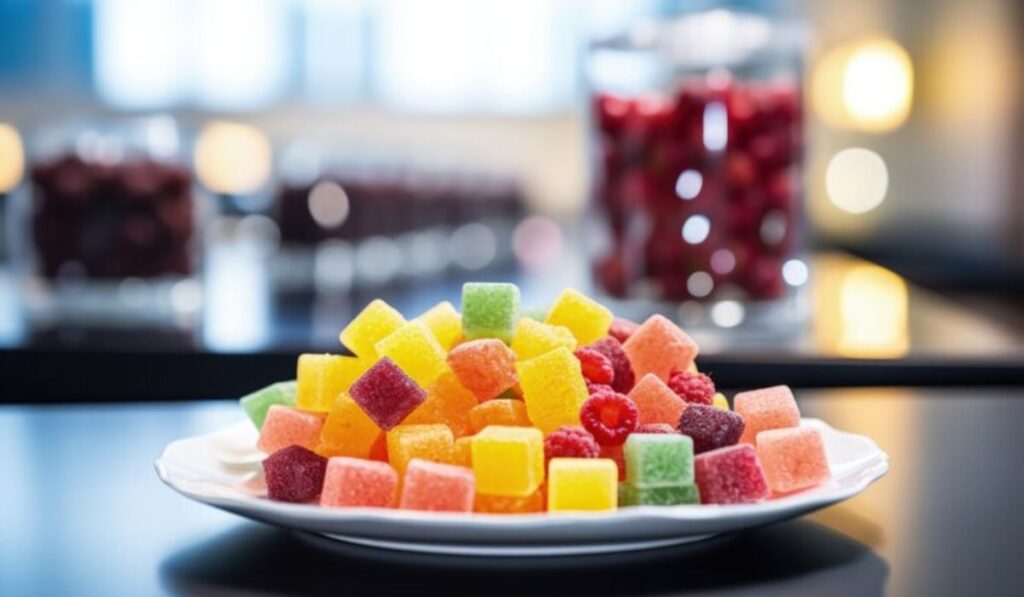Duvalin is a beloved candy from Mexico, known for its creamy texture and delightful flavors. This iconic treat has captured the hearts of many, both young and old, not only in Mexico but also in various parts of the world. This article explores the origins, varieties, cultural significance, and global reach of Duvalin, highlighting why it remains a favorite among candy lovers.
Origins and History
Duvalin was introduced by the Mexican candy company Ricolino, a subsidiary of Grupo Bimbo, one of the largest baking companies in the world. The candy first appeared in the market in the 1970s, quickly becoming a staple in Mexican households. Its unique blend of creamy, smooth textures and delicious flavors set it apart from other candies available at the time.
The name “Duvalin” is thought to be derived from the French word “doublé,” meaning double, which refers to the two or three-flavored varieties in each package. The candy’s nostalgic value cannot be understated, as many people who grew up in Mexico have fond memories of enjoying Duvalin during their childhood.
Flavors and Varieties
One of the standout features of Duvalin is its assortment of flavors. The most common combinations include vanilla and strawberry, vanilla and chocolate, and hazelnut and vanilla. These flavors are typically packaged in small, individual containers, making it easy to enjoy them on the go.
Duvalin’s texture is similar to that of a creamy frosting or pudding, which can be enjoyed by scooping it out with a small spoon or even a finger. The candy’s sweetness is balanced, making it appealing to those who prefer a less intense sugary experience. Some versions also include small toy surprises, adding an element of excitement for children.
Cultural Significance
Duvalin is more than just a candy; it holds cultural significance in Mexico. It is often associated with childhood memories, family gatherings, and celebrations. The candy is a common sight at birthday parties, holidays, and other special occasions. It has become a part of Mexican popular culture, with many people nostalgically recalling their favorite flavor combinations and the joy of peeling back the foil to reveal the colorful, creamy contents.
Moreover, Duvalin has a place in the broader context of Mexican sweets, which are known for their diverse flavors and textures. The candy stands alongside other popular treats like mazapán (peanut marzipan), pulparindo (tamarind candy), and de la Rosa’s marzipan. Together, these candies contribute to Mexico’s rich culinary heritage.
Also Read: Moto X3M Winter Unblocked: A Fun-Filled Adventure in a Winter Wonderland.
Global Reach
While Duvalin is deeply rooted in Mexican culture, its popularity has transcended borders. In recent years, the candy has gained a following in the United States and other countries with significant Mexican communities. Specialty stores, online retailers, and international markets often stock Duvalin, making it accessible to a wider audience.
The candy’s packaging and branding have also contributed to its international appeal. The colorful, playful designs and the inclusion of Spanish and English text make it easy for people outside of Mexico to recognize and enjoy. Social media platforms have further helped spread the word, with fans sharing their favorite flavors and childhood memories, contributing to the candy’s growing global fanbase.
Conclusion
Duvalin is a cherished candy that has stood the test of time. Its creamy texture, delicious flavors, and cultural significance make it a unique and beloved treat. Whether enjoyed by a child in Mexico or an adult reminiscing about their youth, Duvalin continues to bring joy and sweetness to people’s lives. As it continues to expand its reach, this iconic candy will likely remain a favorite for generations to come.







